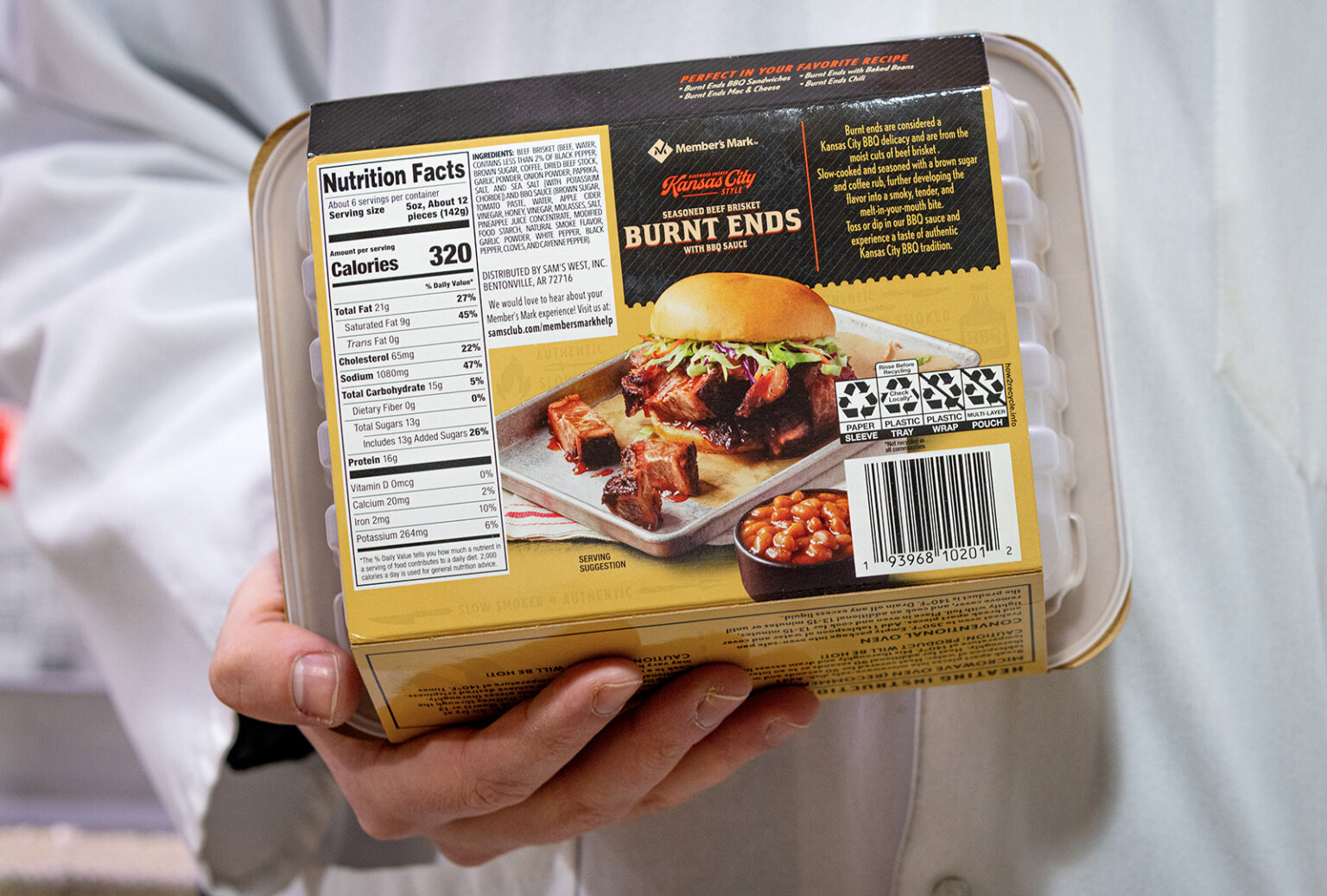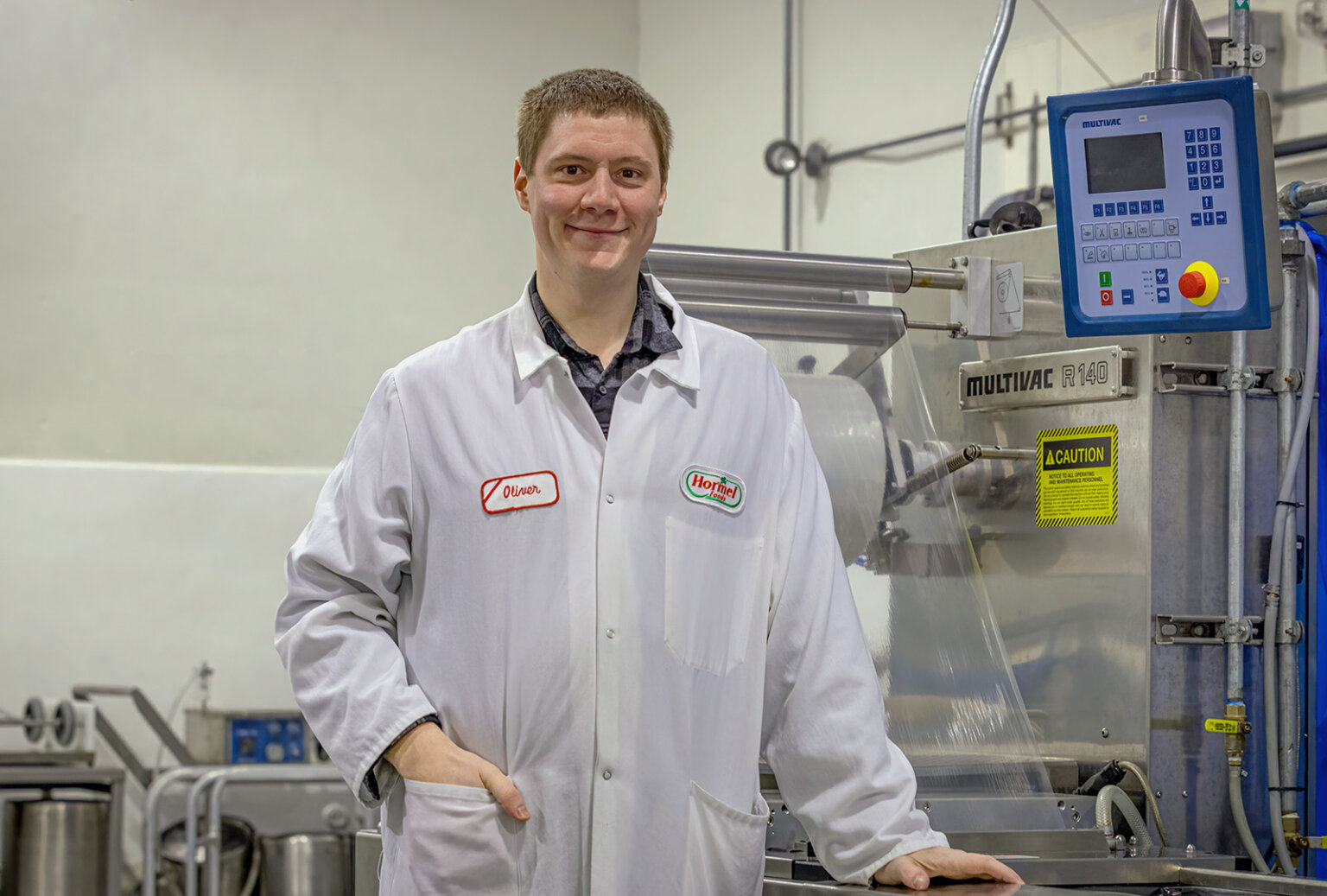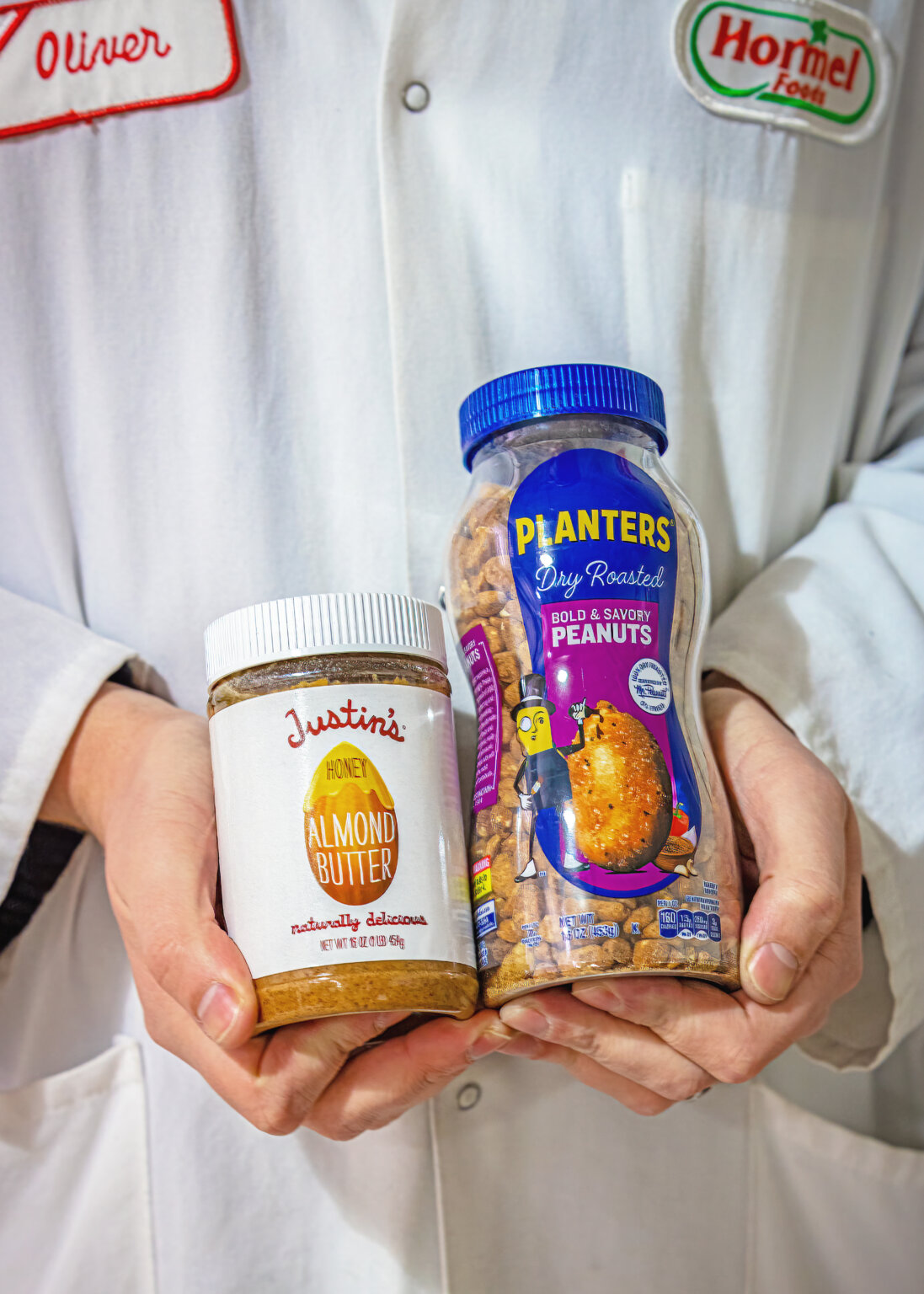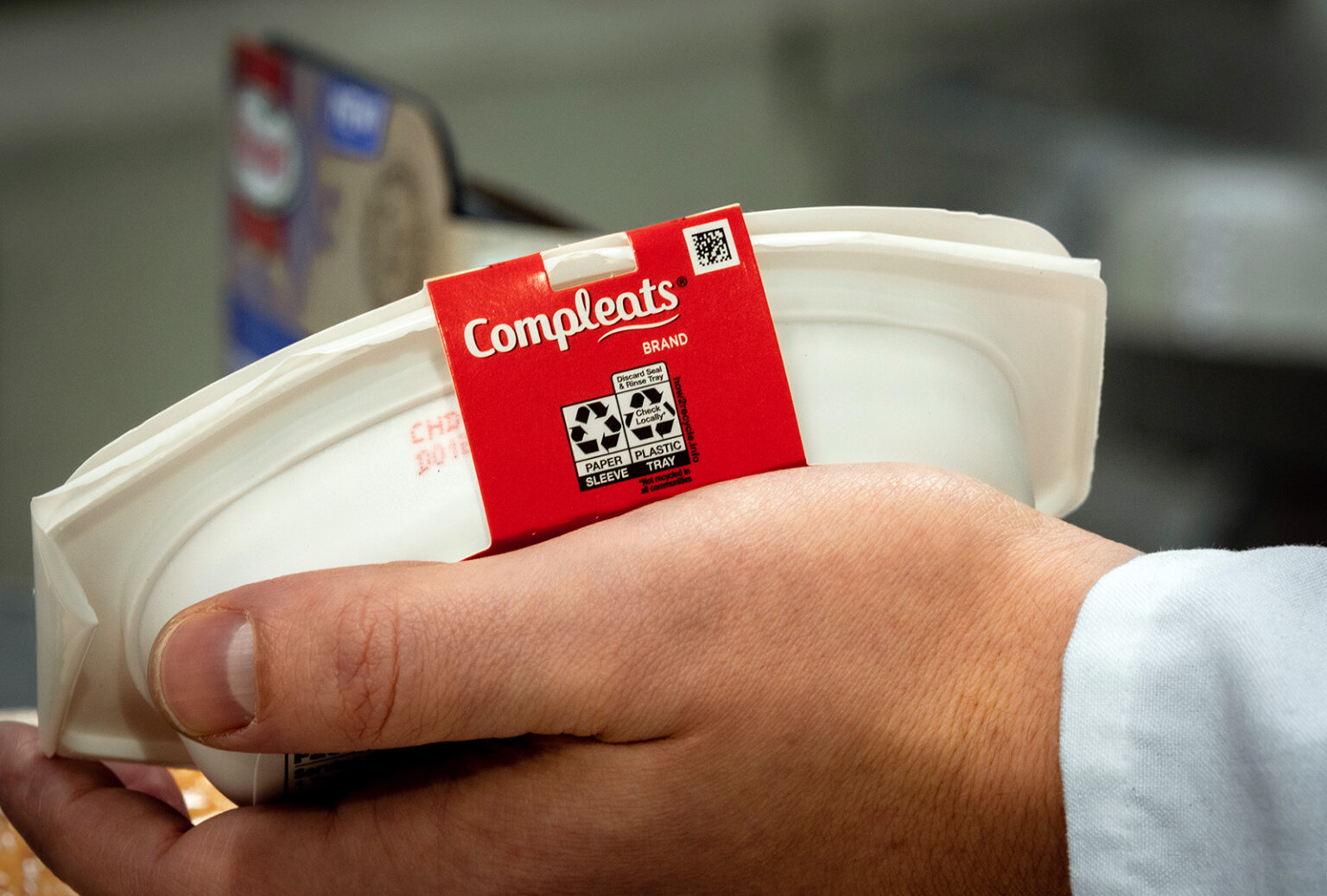Ballinger’s team is guided by a broader company-wide strategy called the 20 by 30 Challenge, a set of 20 goals to achieve by 2030. One key goal is to focus on packaging sustainability efforts through research, innovation, on-package recycling information and package weight optimization without sacrificing safety or shelf life. These efforts, along with the rest of the company’s Global Impact initiatives, build toward reaching the broader U.N. Sustainable Development Goals.
Small Changes, Big Impact
The team is constantly searching for opportunities to use less material and to encourage recycling, and they know that small changes can make big impacts. In 2022 alone, the team reduced product packaging by more than 1.5 million pounds.
Material savings are more than good for the environment alone. There is a direct correlation between the product’s carbon footprint and the energy savings from material sourcing, manufacturing, shipping and disposal. After exceeding its previous packaging goal to reduce 25 million pounds of product packaging by 2020, the team is thinking up a new set of targets to catalyze its impact over the next decade.
Toward Zero Food Waste
Sustainable packaging solutions at Hormel Foods sit at the intersection of food waste and food safety. While a packaging alternative might be saving tons of material, if it shortens the product’s shelf life, the ultimate result will be an increase in food waste. The right packaging, on the other hand, can extend a product’s shelf life by months and reduce food waste. Similarly, recyclable packaging materials have to be cost-effective so they don’t increase the product’s price and hinder the company’s ability to provide safe and nutritious food to all customers and consumers.
“We’re not yet at a point where we can fully replace plastic,” he says, “but it needs to be handled better and in particular its end of life needs to improve. High barrier films provide us with an improved shelf life compared to the old ways of using butcher paper. Similarly, if we went back to packaging all liquids in glass, that’d generate a lot more emissions from transportations.”
Many of the most successful solutions leverage the ecosystem of partners working collaboratively to address local challenges. The Hormel Foods packaging team now sits on the Recycling Education Committee, which is a group of stakeholders that meets regularly with the goal to expand Minnesota’s recycling industry and reduce recycling contamination. Ballinger is keen to remain active in this group and leverage its expertise and insights to continue strengthening recycling processes. His goal is to design packaging solutions and systems that will successfully go through the recycling chain.
“We didn’t want to have consumers questioning things and throwing it away, and end up having that material be recyclable or on the flip side, taking something and trying to recycle it when it wasn’t recyclable and bogging down the whole recycling stream,” Ballinger says.

To date, Hormel Foods has added How2Recycle logos onto more than 600 items, including many Hormel® Compleats® microwave meals and Hormel® Cure 81® ham products. Going forward, all new products will carry the How2Recycle label, and Ballinger estimates that within five years, all existing Hormel Foods products will carry the label.
The How2recycle project is one of dozens of other packaging initiatives intended to lead Hormel Foods toward a future where consumers, retailers, CPG companies and recyclers work seamlessly together to create a circular economy that decouples growth from environmental impact.





